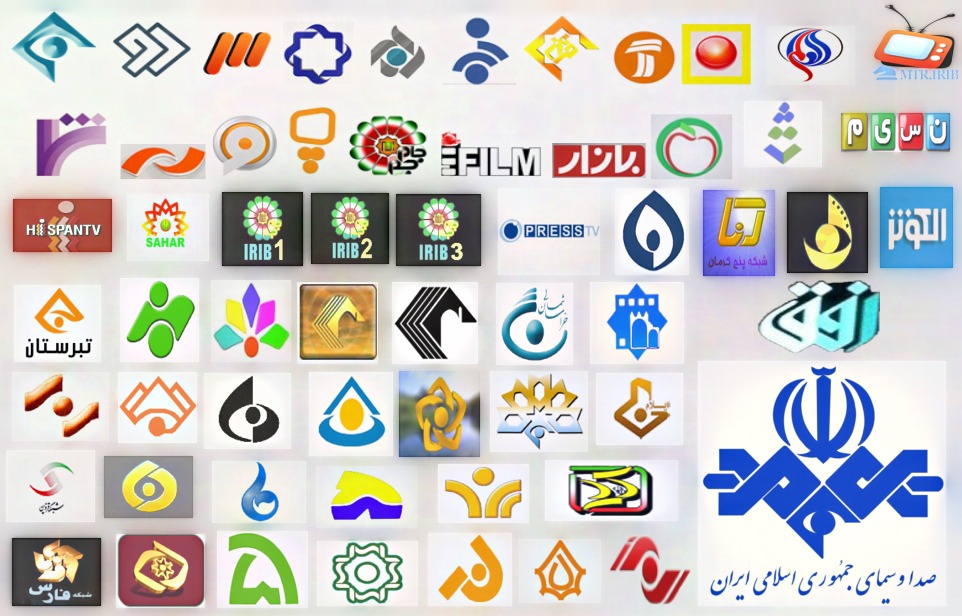In separate decrees on Tuesday (Dec. 16), vice president for television affairs Ali-Asghar Pour-Mohamadi appointed new directors of different TV stations as well as to some other positions.
The decrees announced the names of new directors for 8 TV channels along with the deputy to vice president for TV affairs, head of Saba Animation Center, and head of the Policy-Making Council for the National Media, Honaronline reported.
Reorganizing and redefining the mission of television channels, as well as reforming and modernization of the channels’ structure in line with the “defined identity and functions of the national media” have been cited as the reasons for the extensive revamping of the state-owned Islamic Republic of Iran Broadcasting (IRIB).
Commitment, long experience, successes in programming, and expertise in media are some of the major criteria considered by Pour-Mohammadi in the selection of the newly appointed directors.
When Mohammad Sarafraz, who was appointed as IRIB president by Supreme Leader Ali Khamenei about a month ago, nominated Pour-Mohammadi as vice president for TV affairs, rumors had it that the vast organization was expected to undergo “dramatic changes both in staffing and approach.” Pour-Mohammadi’s selection brought a wave of joy among the arts family, especially those who had distanced themselves from IRIB in the recent years, as they had good memories of the times when Pour-Mohammadi served as director of different channels in the past.
In his inauguration ceremony, Sarafraz had underlined the need for promoting the quality of IRIB productions, noting, “We are obliged to gather intellectuals at the IRIB and benefit from their guidance in every matter.” Pointing out that media is the most powerful weapon in today’s world, he had called for founding think tanks in the national media so that “this influential organization would exit passivity and become vibrant.”
Dynamic Broadcasts
Following Sarafraz’s path, Pour-Mohammadi said after his appointment, “to make our broadcasts dynamic, I need the support and cooperation of all artists.”
A look at the profiles of the newly-appointed heads of TV channels shows that the IRIB officials are determined to make improvements, as a number of the new chiefs are returning to the place they worked years ago. Differences in views with the then authorities had forced them to quit their positions.
The new appointments made by Pour-Mohammadi is another proof of his sincere attempt to overhaul the quality of the existing TV channels rather than increasing their quantity, an issue grossly neglected in the recent years. He had previously announced that “some digital channels which have few viewers are just costly and ineffective and it is better to invest their budget somewhere more productive.” He had also suggested that channels with similar programs and purposes can merge into one to have more quality productions.
At the moment, some 64 TV channels are broadcasting their programs both inside and outside the country. The channels include national, provincial, and foreign-audience networks.
It is expected that with the new array of managers and list of purposes and principles, Iran television broadcasts will see better days ahead when it becomes the primary source of entertainment for the public, broadcasts unbiased information, and learns the essential lessons to keep different tastes satisfied.


